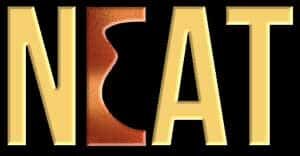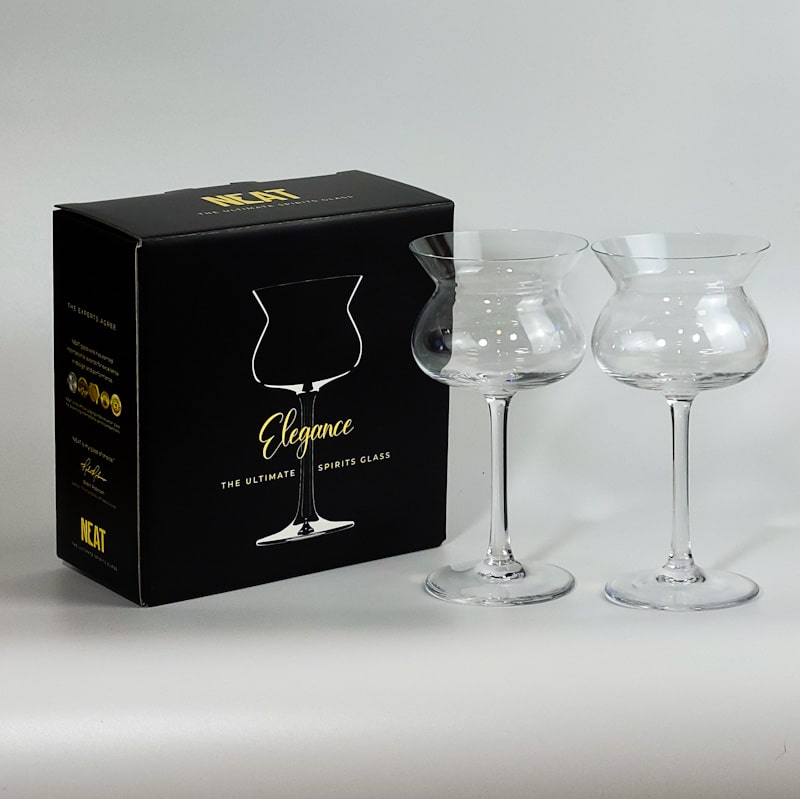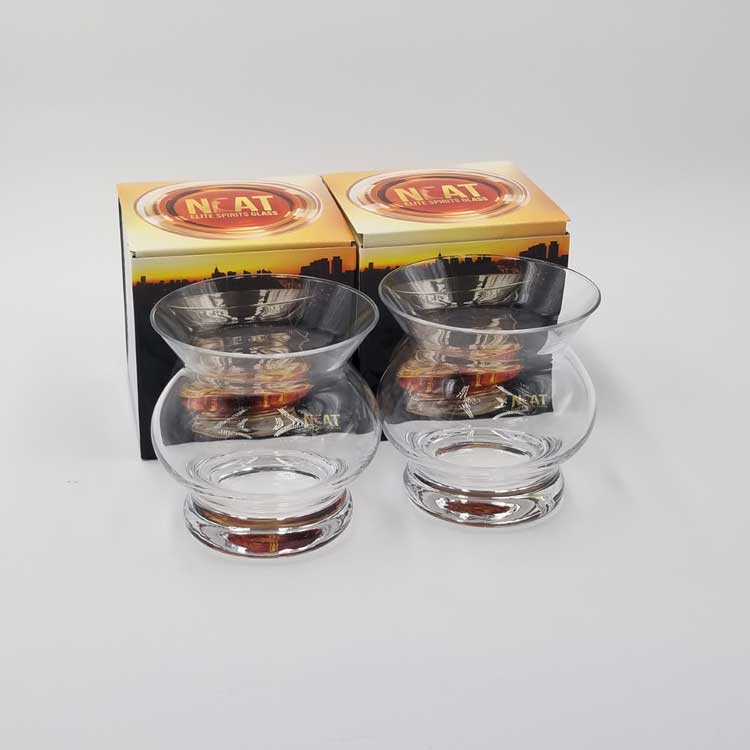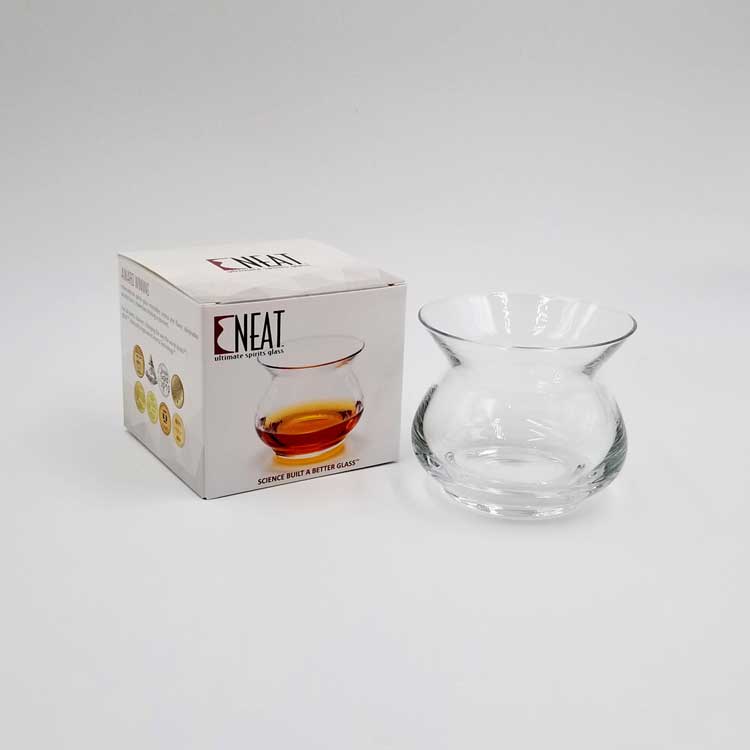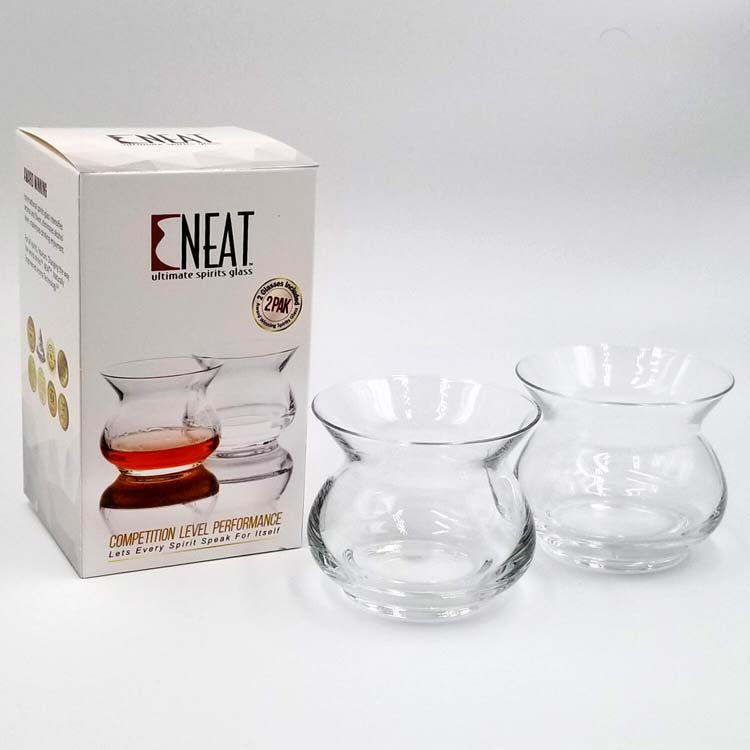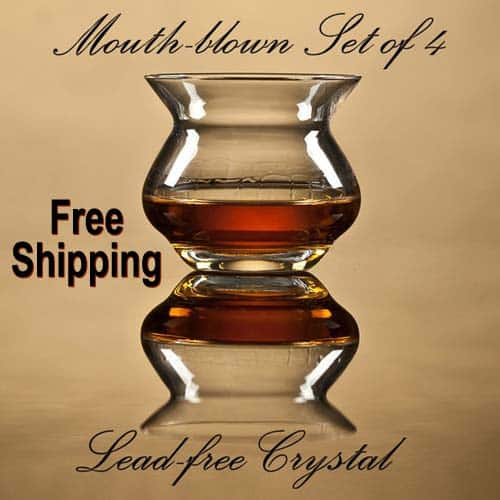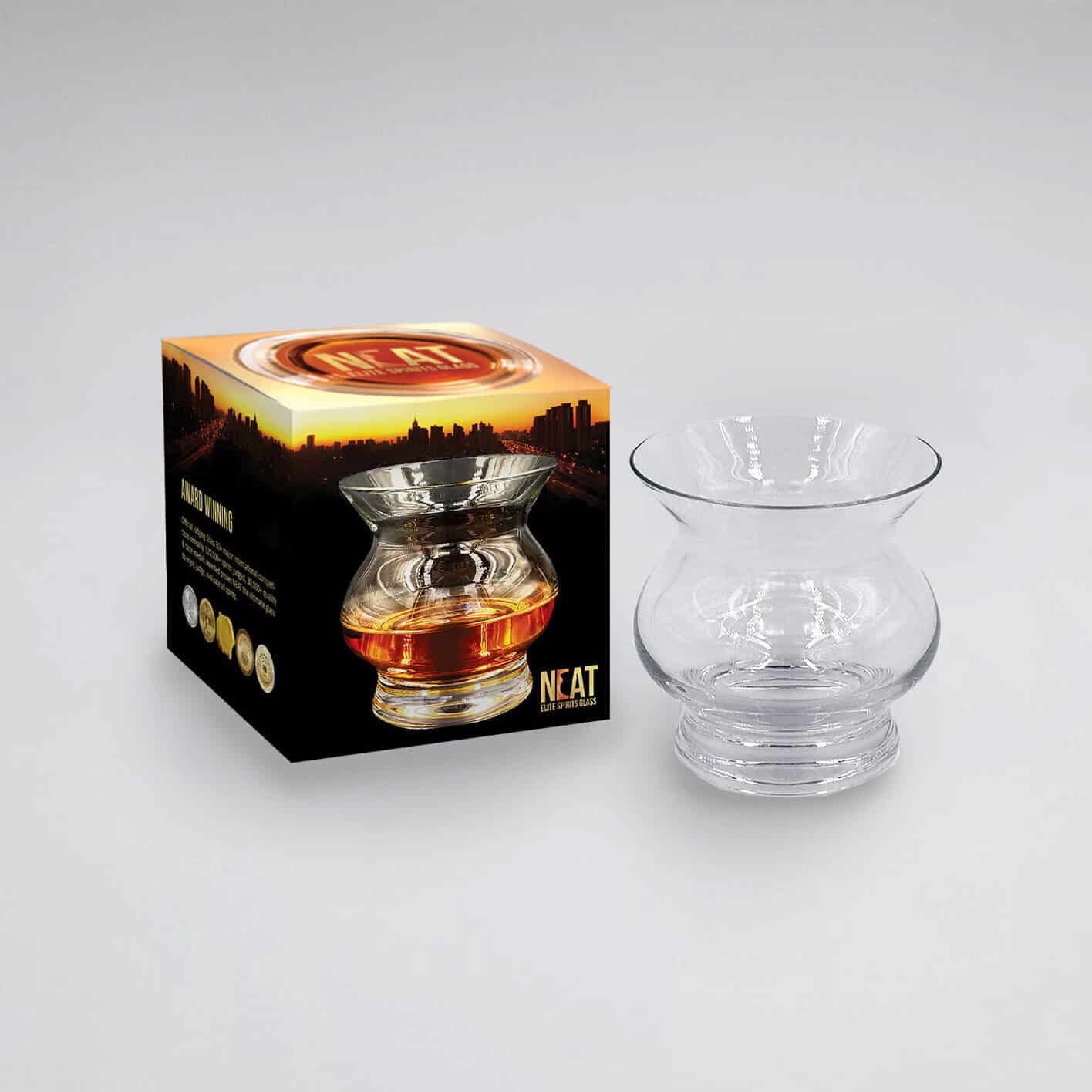
Gender Equity is Important to Accurate Spirit Evaluation
This is the most controversial presentation from the NEAT Spirits Evaluation Academy. Why? Gender equity is not a well-understood subject, is often confused with gender equality. Discussion of the subject always raises the ire of a few of those who belong to the “fraternal order of macho whisky drinkers,” and cannot open-mindedly distinguish the difference between equity and equality. Many spirits drinkers are generally of the persuasion that “…everything is fine just the way it is, and we are all happy with the situation, so shut up, go away, and quit trying to change how we do things.” We should add that too many people think they can live without science, and choose to do so, taking the easy way out by ignoring relevant issues and explaining their prurient reasons for why things happen. On a bigger horizon, like most industries, the spirits industry is also in general denial that an inequity could even exist.
The Difference, according to the United Nations Educational, Scientific and Cultural Organization (UNESDOC) “Gender equality, equality between men and women…does not mean that women and men have to become the same, but that their rights, responsibilities and opportunities will not depend on whether they were born male or female. Gender equity means fairness of treatment for men and women according to their respective needs. This may include equal treatment or treatment that is different but which is considered equivalent in terms of rights, benefits, obligations, and opportunities.”
Different genders have different physiologies, dimensions, needs, and senses. To those familiar with developing a product from concept to market, gender equity is the key to a product’s success. A product (or procedure) that favors the physiological traits of one gender over another is not the best solution to a problem, particularly if the gender that uses the product most, imposes it as a guideline for all, regardless of gender. Many products designed by and for one gender may handicap the abilities of another, and the inequities begin when those products are accepted industry-wide without consideration of gender differences. Severe market limitations (and revenue loss) can be avoided if equity is a prime consideration at product inception.
Here are some examples to present the concept of equity:
- “one size fits all” the keyboard design for an octave span on the piano is based on a larger man’s hand. (hmmm, Rachmaninoff, Horowitz, Schnaber, Rubinstein, Cortot, Richter, Lipatti, Gould, Van Cliburn, no female piano virtuosos in this group, could there be a reason? What if there was a piano designed for slender and short fingers?).
- In voice recognition systems, voices with lower pitch create fewer recognition errors (It is correctable, but no one is rushing to add another range of error-free higher voice recognition to the software, even though the technology exists)
- Most automotive crash tests are conducted with dummies of male weights and proportions, placing women at risk of less protection from safety devices designed without consideration for female physiology (shoulder straps, side airbags, steering column adjustments, brake pedal reaches, etc. (the automotive industry is getting better at this as lawsuit awards climb)
- Pregnant women still have to get out and shop and should be included in the use of handicapped parking (OK, add a few more blue signs, single pregnant moms-to-be still have to do their shopping even at 9 months in).
- Men enjoy a lower mean temperature than women, yet male engineers and building staffers set workplace thermostats lower and few understand the compromise (about 5 F difference. More women complain about the thermostat than men, proof positive that one does not fit all, but a compromise could work. Skew temperatures to the workforce gender population in different areas).
At first glance, none of these issues will seem the least bit important to most males, and even border on frivolous, but the fact is, that inequity issues exist everywhere from tool design to cell phone hand size to car seats. Why are we pointing them out? It’s not a rant, politics, or industry bashing, it is all about raising awareness that many products and procedures in our lives, are less than perfect and taken for granted, yet are gender handicaps that could be corrected.

Specifically, in nosing and evaluation, we believe glassware is another example that displays the lack of gender equity. The reality is that females have much more sensitive noses on average than men, and their lack of equal presence in the spirits industry has underlying causes that the spirits industry and fraternal drinking clubs ignore. The female nose is much more sensitive to numbing by concentrated ethanol. This is an elephant in the room, conveniently avoided with forethought, totally ignored, carefully tip-toed around during discussions, or dismissed as unimportant.
Understanding the elephant and implementing changes can benefit the industry by broadening the scope and horizons of spirits, and placing knowledge above and out of the superficial, mythical, and biased as we include rather than ignore a female demographic in the marketplace. The biggest future demographics for the spirits industry are right under the noses of industry influencers, yet ignored for the comfort of long-standing traditional yet unscientific values.
Much scientific research has been published in peer-reviewed journal papers since the early 1950s which prove beyond a doubt that females in general possess more sensitive olfactory than males:
- Lower aroma detection thresholds (lower ppm concentrations at which aromas are detected)
- Lower aroma discrimination levels (lower concentrations at which differentiation between two detected aromas can be identified)
- Lower aroma identification thresholds (lower ppm concentrations at which the aroma can be correctly identified)
The scientific references will be released in our upcoming peer-reviewed journal paper. For now, the evidence is conclusive, and will be expanded in detail when our research is released and published.
Physically, female olfactory superiority is no surprise, since Olivera-Pintero published a peer-reviewed journal paper in 2014, based upon an isotope fractionator count of olfactory receptors in the dissected corpses of males and females. The data, with 95% confidence level, establishes that females on average possess 43% more olfactory receptors than males. More receptors = higher sensitivity = better female olfactory performance than males.
Scores in the UPSIT (University of Pennsylvania Smell Identification Test) are higher for females than males. An aspiring evaluator should purchase the kit simply to see how well they score (It’s under $30, available on the internet, Google UPSIT, available through Sensonics International). UPSIT is not alcohol beverage specific, but it is an economical beginning to find out how well your sniffer scores across a wide range of aromas and is a good start on basic training to develop and perfect your sense of smell.
There are additional indications which lend credence to female olfactory superiority.
- The disgust emotion describes the female reaction to those aromas which may be threatening to their ability to nurture and protect the fetus and children. Test: pour a tulip glass of any spirit 40% ABV or higher, and stick it under a female nose with the comment “Smell this to see if you like it.” Then duck quickly to avoid a right hook. Men don’t usually react. Instantaneous disgust emotion is characterized by a physical reaction, a sense of pain, and generally an oral comment of disgust.
- Repeated exposure (olfactory induction) to ethanol (and other compounds) lowers the female detection threshold, and men’s thresholds do not change. In other words, learning by exposure develops a more acute sensitivity in females. This may be a natural female safeguard reaction that ensures self-protection, procreation, and future generation safety.
Both of these points are indicative that women have a higher degree of discrimination of ingestible compounds and a higher social respect for ethanol than men, and a lower tolerance level (also proven fact).

Arsilica, Inc. conducted an AB test, NEAT glass vs tulip, same spirit, at 17 different spirits events with spirits consumer participants, between the years of 2010 and 2015, The total number of recorded trials was 2914. Of the males who participated, approximately 13% preferred ethanol on the nose, standard deviation 2.23%, and less than 2% of females preferred ethanol on the nose, standard deviation 1.37%, both with 2σ and 95% confidence level confirming previous assertions that women are more sensitive to pungent concentrated ethanol aromas. A significant number of females refused to test, stating they had no desire to sniff from the tulip glass.
See the entire study. Many expressed sharp pain from sniffing. We assume those participants were not familiar at all with sniffing strong ethanol.
The social aspect is not usually gender friendly: For many members, whiskey clubs and blogs have become a social feel good, same gender, fraternal camaraderie without the presence of female influences. Some, rampant with sexist jokes and comments, are more about brand adoration than serious evaluation. From the female comments in the simple AB test described above, one can infer that the peer pressure to drink from tulips may turn the prospect of membership in spirits clubs off for females. Why not encourage female membership in spirits clubs? The added sensitivity and diversity would add depth to group tastings.
Dump the myths, snobbery and peer pressure, place less emphasis on using the same glass (requirement implied) the members use (all the same?), quit acting like a bunch of “good-ol’-boy-jocks,” encourage female membership, and everyone will have more fun. With more sensitive noses around, the guys might even learn something besides how to properly pronounce a scotch whisky brand name. There are many women only whisky clubs that do things much differently than the predominantly male clubs, and some of them have ditched the tulip in favor of a tumbler.
Many women in the spirits industry have successfully adapted to the iconic tulip, as have many men with more sensitive noses. Arsilica, Inc is a woman owned glassware research company, and we have monitored many spirits competitions, attended spirit specific events, and conducted many panel evaluations of our own over the last 18 years. Our own observations are:
- Gender inequity exists when tiny rim glasses are used to evaluate, and they quickly cause nose numbing. Frequency is highest in blind tasting multiple samples (flights), females reach ethanol anesthesia (nose blindness) quicker than males
- Females can identify a larger number of aromas than males on average from a given spirit, at concentrations levels below male detectability.
- Most competition judging panels consist of an inequitable percentage of females, usually less than 20%, yet they have superior smell-ability on average
- Examining female judge’s evaluation notes, they tend to detect, describe, and note more aromas and more detail than males
- More sensitive noses of both genders who have become regular competition judges prefer open-rim glasses
- In private conversations with female career industry executives, a surprising number prefer a simple tumbler over tulips yet will not argue with industry-wide accepted values, as the discussion is generally off-point, singles them out as rebellious or non-conformist, and dilutes their effectiveness.
- As discovered in the earlier AB test reference, a large majority of males prefer open-mouth-large-rim-diameter glasses, yet at home, they retreat to the fraternal tulip glass because that’s what their buddies drink from and that’s what they take to the club events.
- There are many notable female noses in the industry who have successfully adapted to the tulip, and faithfully and successfully employ the tulip-developed safeguards against ethanol (wafting, breathe through mouth and nose, don’t swirl, add water). They are much more diligent about using all the safeguards than males. Observe and discover, that most men know these safeguards but do not use them.
Truly exceptional noses and adaptable evaluators, regardless of gender, can devise their path to an evaluation procedure, but why start with a disadvantage? Improving effectiveness with open-rimmed glassware as your diagnostic tool of choice removes a barrier that requires diligent practice to conquer, and once learning to avoid the ethanol issue with tulips, one has no way of detecting aromas in an orderly fashion because aromas are detected by sniffing at random in an evaporation cloud mixed with 95% nose-numbing ethanol. Refer to previous presentations. Large rim glasses give the aromas a chance to expand, and naturally reduce ethanol concentration.
Takeaway for aspiring evaluators: Defining and achieving excellence is the difficult part of any endeavor as one must rise above myths and the personal opinions of others. In evaluation, if you have been reading the presentations so far, the macro-takeaways are: (1) Fact check, and self-discovery, (2) Don’t get sloppy and be swayed by others’ opinions, (3) Read and learn, but always remain objective, (4) Science is the truth and eventually wins, (5) You are your own best critic, (6) Learn to trust your nose and palate. See testimonials for female insights.
Takeaway for spirits industry executives: Recent efforts by many in the spirits industry to achieve gender equality in the spirits industry have been exceptional, yet there is still much left to do to improve gender equity. Accommodate the employment and salary issues of inequality, but go a step further to ensure gender equity, and put superior smell-abilities of women to work. Sensory training and olfactory testing for brand ambassadors should be basic requirements before they are sent to engage with the public. Self-examination of company procedures and practices, internal anonymous questionnaires to female employees, and an unbiased approach may uncover a few surprises within your own organization.
If you are serious about nosing and evaluation from the scientific standpoint, we recommend you join the Society of Sensory Professionals and self-educate through the many beverage and sensory peer-review journals available.
In the next presentation, we will discuss online training and self-help courses to improve personal development in spirits evaluations.
